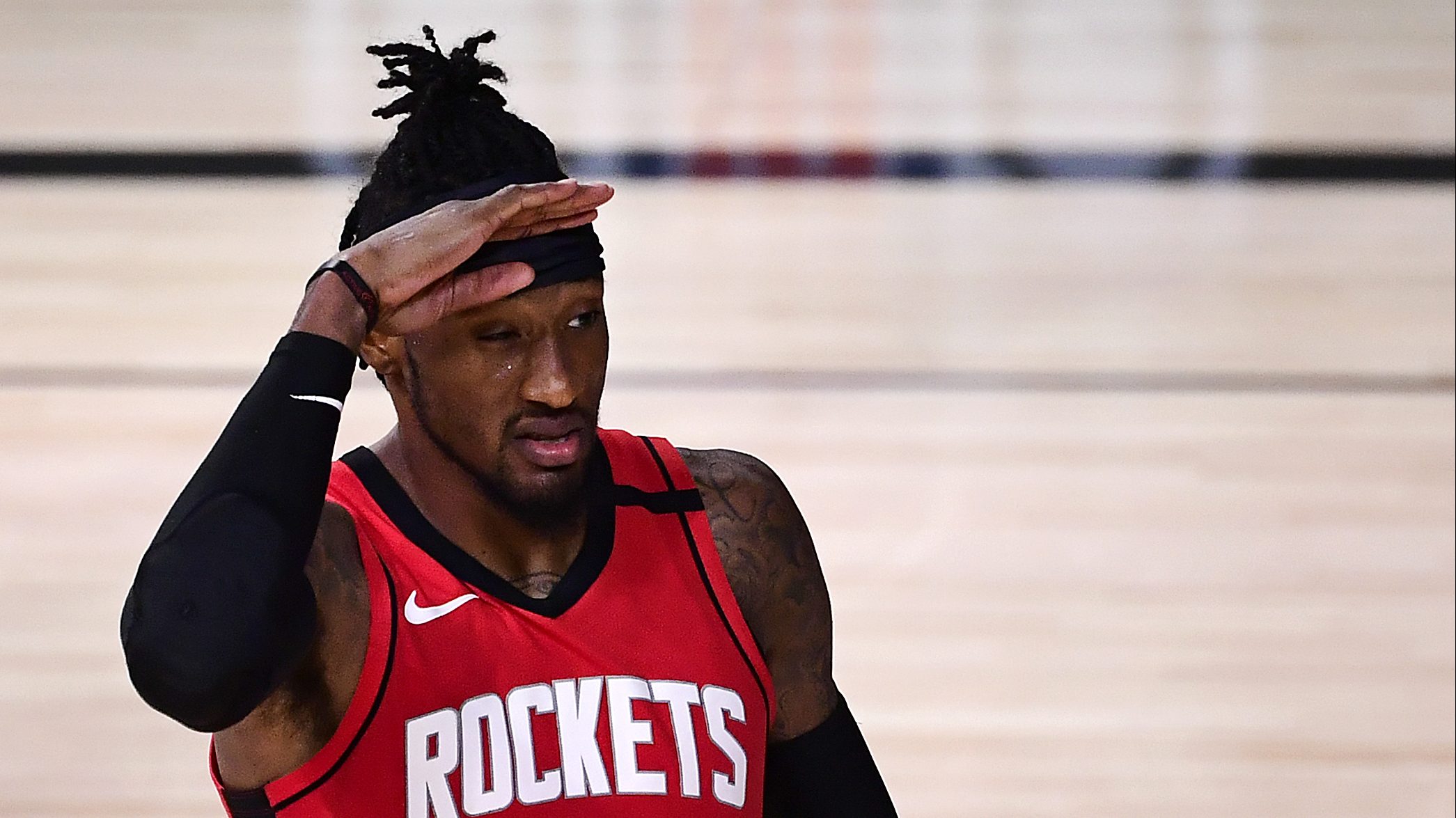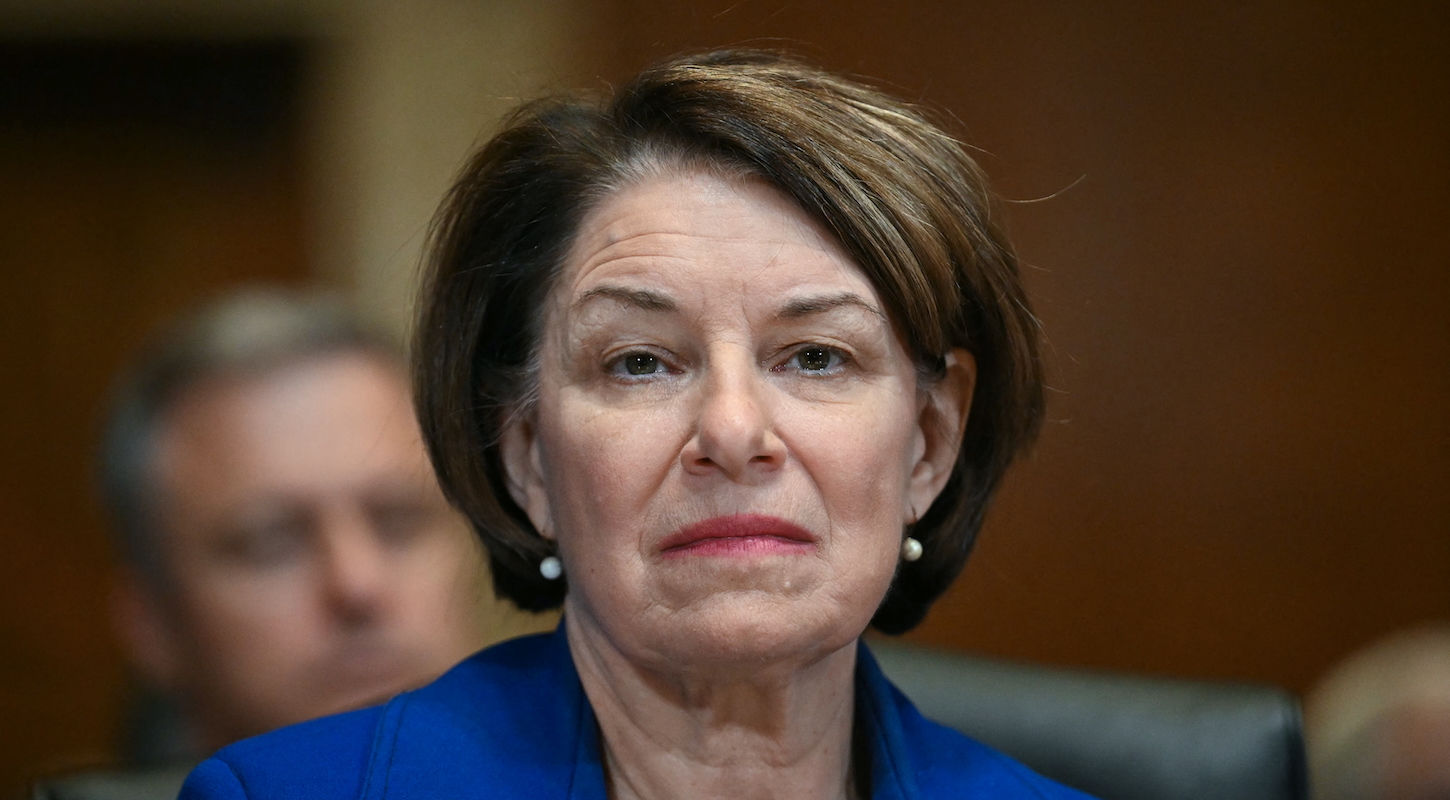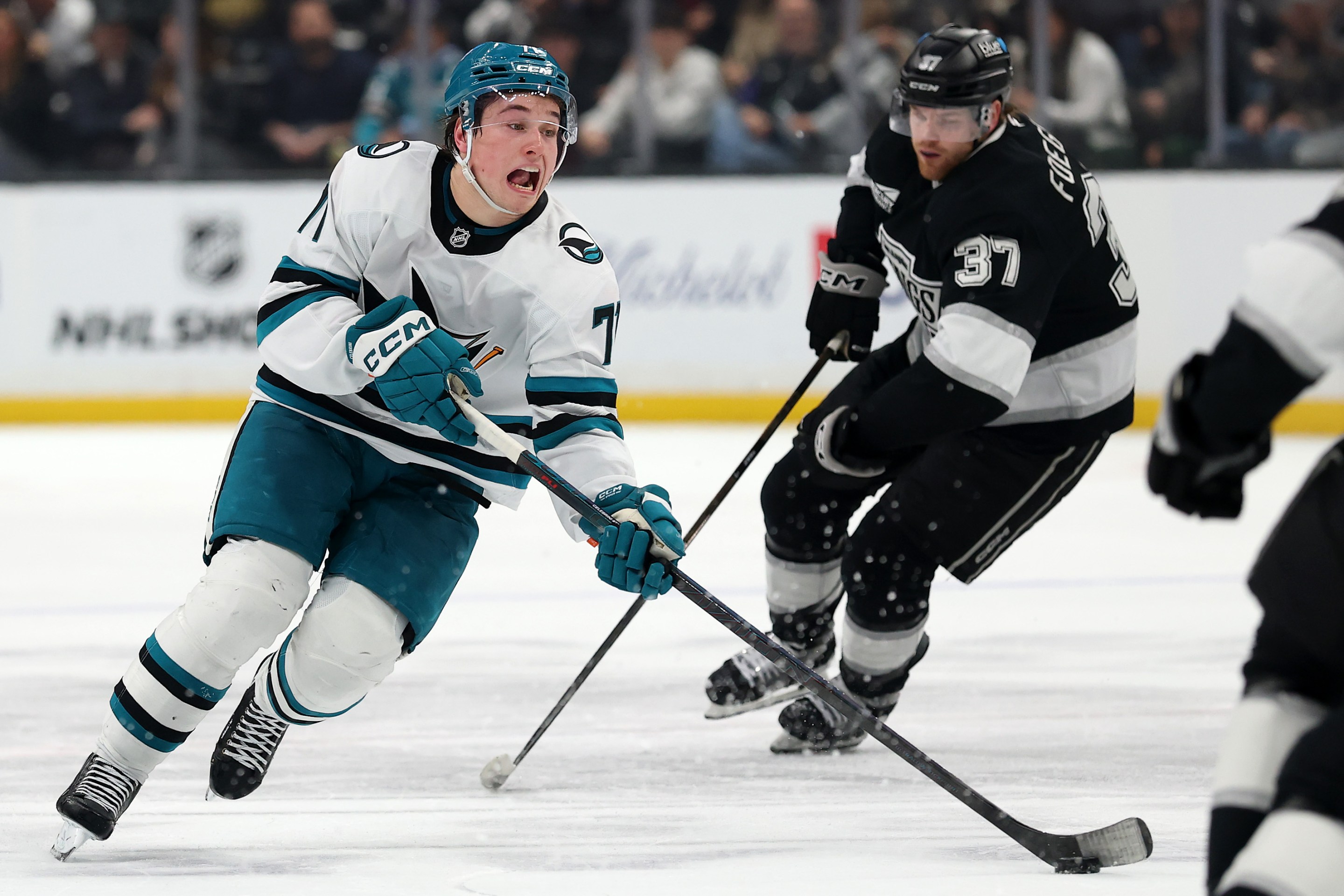The opening-round playoff series between the Houston Rockets and Oklahoma City Thunder was, for the most part, brutal to watch. The teams are slow, their offenses rely on grinding isolation sets from players whose primary goal is to trigger a whistle, and the top players on the Rockets and Thunder are constantly toggling between performative unimpressedness or bug-eyed redassedness, or both. The closest this series came to actual fun was a god-like spurt from undrafted rookie Luguentz Dort and the bizarre 10-second sequence of Game 7 when every player on both teams was stricken by a sudden urge to flop to the ground. Both these organizations should be banished to Antarctica, even if we have to lose Dort in the deal.
But there exists a good trick for turning even hideous, miserable, defiantly anti-fun basketball into something worthy of your attention. Instead of following the ball or closely observing the actions of the offense, form a theory of which player on the floor is his team’s most vulnerable defender, and then focus all your attention on that guy. In the same way that focusing on the line of scrimmage while watching a football game will give you a deeper understanding of what the hell is happening in a given drive, watching whichever poor sucker has been picked out as the guy to hunt down and destroy in an NBA playoff game will give you a better view of why things are going the way they are in a stretch of play, and will be 100 percent more interesting to watch than James Harden pounding the air out of the ball for another 20 seconds of your life.
Viewers of that dreadful Rockets-Thunder series will have noticed OKC’s Chris Paul spending portions of each of the last four games isolating against Robert Covington, a sturdy wing who in Houston’s five-out system is repurposed as a nominal Big. Covington, a fine defender of NBA swingmen, is out of his element picking up quick ball-handling guards, and so the Thunder attacked Houston’s switching defense by forcing Covington onto Paul at the top of the key, where he was ruthlessly and relentlessly ground to hamburger. This was interesting, especially if you are a dark-hearted shitbag (which I am) who remembers when Process Stans spent multiple whole years insisting that Bob Covington was a Defensive Player of the Year-level stopper (which he wasn’t). Paul treated Covington like you or I treat a revolving door, with only slightly more razzle-dazzle. Covington may not have been openly weeping, but the devastation of his soul was absolute.
The problem with observing all of this from a ball-centric view is that 90 percent of the action was Chris Paul dribbling in a small circle of space above the top of the key. Your view of all this would’ve been much better, and even fun, to the extent that the concept of fun can be applied to something as aggressively dismal as Rockets-Thunder, if you'd focused all your attention, from the start of every Thunder possession, on Covington. The Rockets found themselves urgently working, completely out of character, to avoid switching against ball-screens, in order to protect old Bob from the humiliations to come. Along the baseline, well away from the ball, the Rockets would actively pre-switch Covington off of the big men he normally guards in their system and onto progressively smaller players, a cowardly effort to keep him off of OKC’s usual screeners and therefore a couple actions removed from another duel with Paul. The chain reaction was fascinating: OKC would immediately either use the big man Covington had abandoned to screen Covington’s new man away from the ball (action that would normally trigger a switch of Houston’s defenders), or OKC would simply send Covington’s new man—often Shai Gilgeous-Alexander or the heroic Dort—to screen for Paul at the top of the key. And these sorts of small-small screens, where a guard is screening for another guard, are automatically switched by virtually all NBA teams, not just the ones who make a practice of switching everything.
Putting Covington back in the jackpot guarding the screener in a small-small pick-and-roll forced Houston further out of its comfort zone. The Rockets had to hedge aggressively at the point of attack—something their switching scheme otherwise eschews—and Paul’s defender had to fight over whole sequences of screens in order to stay on the ball and buy Covington time to scamper out of the spotlight and back to any assignment other than the thresher at the top of the key. It must be stressed: Houston doesn’t do this! Their entire concept of team defense is based on never doing this. When this panicked scrambling worked and denied OKC the matchup they wanted, the Thunder would simply and immediately re-screen, forcing Covington to once again blitz up the court to muck up the action and hope to God he could sprint back to his man before Paul strung him out to Isolation Island, a place of spiritual death for slow-footed chicken-hearted wings with trumped-up defensive credentials. When the Rockets couldn't escape this fate, Paul would take a couple calm setup dribbles to square up his man and then viciously roast Kabob Covington in the fires of hell.
It’s not an exaggeration to say that the work an offense does to hunt down the defender they view as most vulnerable, and the effort a defense puts into hiding and protecting that defender, make up what is really happening in an NBA playoff game. With defenses dialed up to playoff intensity and the field of teams narrowed down to the best of the best, precision and timing that in the regular season went into producing a certain type of shot are instead spent hunting a favorable matchup. The player in the crosshairs of all that effort is the game’s main character, and watching him is like watching The Bourne Identity, except the guy doing all the high-stakes dodging and improvising is a lanky, loping doofus, and is the least physically impressive person on screen, and every time his pursuers catch up to him his shoulders slump a little more and his chest deflates and he loses a couple inches of height, and his shoes are pale blue, and he is Duncan Robinson. There’s plenty of drama in the ball going into the hoop, but you won’t miss that by focusing your attention on the guy being singled out on each possession—if anything your view of each bucket will be enhanced by the dramatic arc and the misery chiseled across the agonized rictus of the game’s overmatched central figure.
Give it a try sometime. There are plenty of exploitable defenders left in what remains of these playoffs: Robinson, who is a fine NBA player but who by process of elimination is Miami’s weakest defender; Covington, who will be spared quick guards in Houston’s series with the Lakers but who will still face the LeBron James meat-grinder; Lou Williams, whose offense is too important to the Clippers for Doc Rivers to spare him the punishment to come; Michael Porter Jr., who is very possibly the most confused defender to have played major playoff minutes in a decade; Rajon Rondo, who would be the worst and least invested defender in most pickup games at your local gym; and, to lesser degrees, guards like Kemba Walker and Landry Shamet, who try hard but will still be picked on for being relatively small. Watch how the offense tries to force these poor fellows into the line of fire, and watch how the defense and their teammates scramble to hide them. Even in a lousy game it’s a good show.






